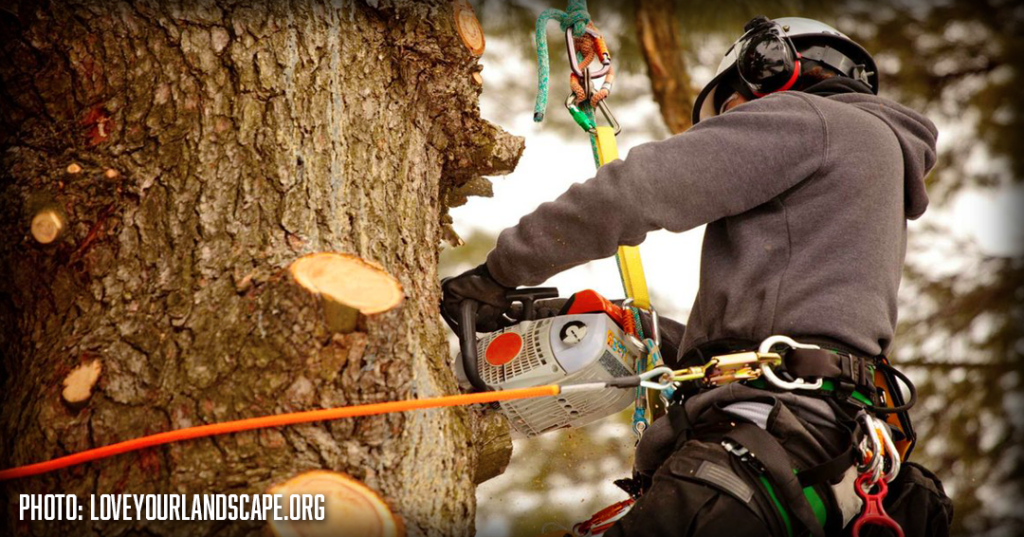Hauling Industry News
Inspecting Trees for Safety

Acute stress occurs suddenly and causes almost immediate harm. Damage caused by flooding, drought, wind, and untimely frosts and freezes are examples of acute stress.
Chronic stress occurs over time and can be brought on by a nutritional imbalance, improper soil pH, or other factors that take a longer time to develop. Chronic stress is bad enough, but it can be compounded by disease and insects that prey on weakened trees.
Both forms of stress can weaken a tree and ultimately make it unsafe for nearby homes and other structures, parked vehicles, and passersby.
Here are a few things to look for when inspecting your trees for safety:
- Large, dead branches or branches that are just hanging around can pose a danger. The best time to check for these potential threats is late fall or winter when there is little or no foliage to obstruct your view.
- Cavities, rotten wood, or cracks and splits along the trunk or major branches may provide an entrance for cankers and wood-rotting organisms.
Wires in contact with tree branches. - A pronounced lean or a tree with several major branches arising from one point in the trunk may ultimately pose a threat.
- Root damage from installing pavement, repairing sidewalks, or digging trenches can weaken a tree.
- Leaves that have prematurely developed an unusual size or color or if the tree has been heavily pruned. Dead leaves at the top of trees are usually the result of environmental or mechanical root stress whereas twisted or curled leaves may indicate a viral infection or insect infestation.
- This list may be a good start if you’re looking to ensure your trees are healthy and safe. If you see any of the above signs, give your landscape professional or tree care expert a call. They can quickly determine if the symptom poses a real threat and needs to be addressed quickly.
This list may be a good start if you’re looking to ensure your trees are healthy and safe. If you see any of the above signs, give your landscape professional or tree care expert a call. They can quickly determine if the symptom poses a real threat and needs to be addressed quickly.